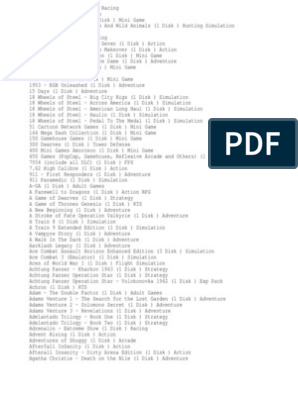100% found this document useful (1 vote)
243 views7 pagesDiscourse
The document discusses communicative competence and discourse analysis. Communicative competence refers to the ability to create coherent text appropriate for a given social situation. Discourse analysis describes the systems that promote coherence in text and the social constraints that influence these systems.
Uploaded by
Emily JamesCopyright
© © All Rights Reserved
We take content rights seriously. If you suspect this is your content, claim it here.
Available Formats
Download as DOC, PDF, TXT or read online on Scribd
100% found this document useful (1 vote)
243 views7 pagesDiscourse
The document discusses communicative competence and discourse analysis. Communicative competence refers to the ability to create coherent text appropriate for a given social situation. Discourse analysis describes the systems that promote coherence in text and the social constraints that influence these systems.
Uploaded by
Emily JamesCopyright
© © All Rights Reserved
We take content rights seriously. If you suspect this is your content, claim it here.
Available Formats
Download as DOC, PDF, TXT or read online on Scribd
/ 7


















































































































